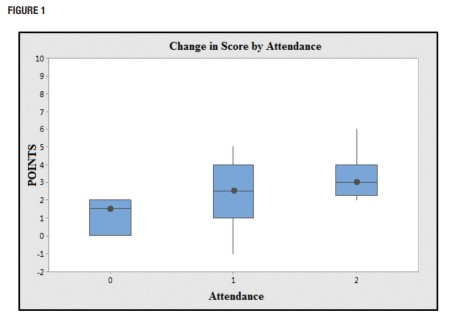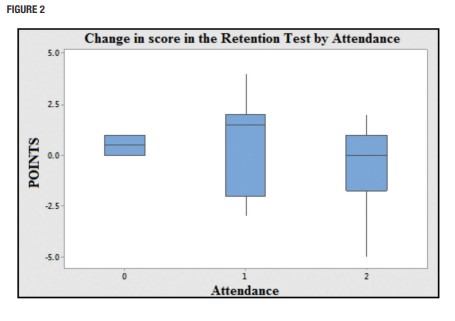Winthrop University Hospital
Mineola, NY
Abstract Authors: John Bishara, Do; Irene Sher, MD; Claudia Halaby, MD; and Melodi Pirzada, MD
Program Director: Melodi Pirzada, MD
Type of Program: Pediatric Pulmonary
BACKGROUND
Currently, radiology is not a required rotation for pediatric residents as part of their curriculum for residency under the Accreditation Council for Graduate Medical Education (ACGME). Residency programs do offer electives in radiology; while other programs, pediatric residents rotate in radiology as part of their curriculum. A formal radiology curriculum by a trained radiologist will increase residents’ ability to interpret pediatric chest radiographs. In this study, a formal educational curriculum was formulated through lectures to improve pediatric residents’ interpretation of chest radiograph in addition to the current format. The formal curriculum involved two formal radiology lectures from the pediatric radiologist during their didactic conferences lasting one hour long and given one week apart. Informal radiologic instruction and inpatient pediatric radiology rounds were continued. Assessment of improvement was done by a test given prior to the start of the formal curriculum and two months after the formal curriculum lectures were given to the pediatric residents.
METHODS
Retention of knowledge was evaluated by a retention test was done three months after the formal curriculum. Sixteen out of 36 residents (44%) attended two formal lectures, seven were PGY-1, seven were PGY-2 and two were PGY-3 residents. The median change in score for those 16 residents who attended both formal lectures was 3 points with an interquartile range (IQR) of 2.5 to 4 points (p-value = 0.0002). Fourteen residents attended one formal lecture their median change in score were 2.5 points with an IQR of 1 - 4 points (p-value = 0.001). Six residents did not attend any lectures their median change in score was 1.5 points with an IQR of 0 - 2 points (p-value = 0.125). Residents who missed both radiology lecture had a median change in retention score of 0.5 points with an IQR of 0.0 - 1 point. Residents who attended one radiology lecture had a median change in retention score of 1.5 points with an IQR of -2.0 - 2.0 points. Residents who attended both radiology lecture had a median change in retention score of 0 points with an IQR of -1.75 - 1 point.
RESULTS
The change in score in all three groups in the retention test was not significant. Informal radiology teaching and inpatient radiology rounds take place frequently at our institution; however pediatric residents’ chest radiograph interpretation skills can be improved more. We highlight that there is an association to better chest radiograph interpretations with a formal curriculum. Formal didactic lecture curriculum not only enhance the education of pediatric residents, but can be used with any other medical specialty, and has been started in our pediatric pulmonary fellowship.





